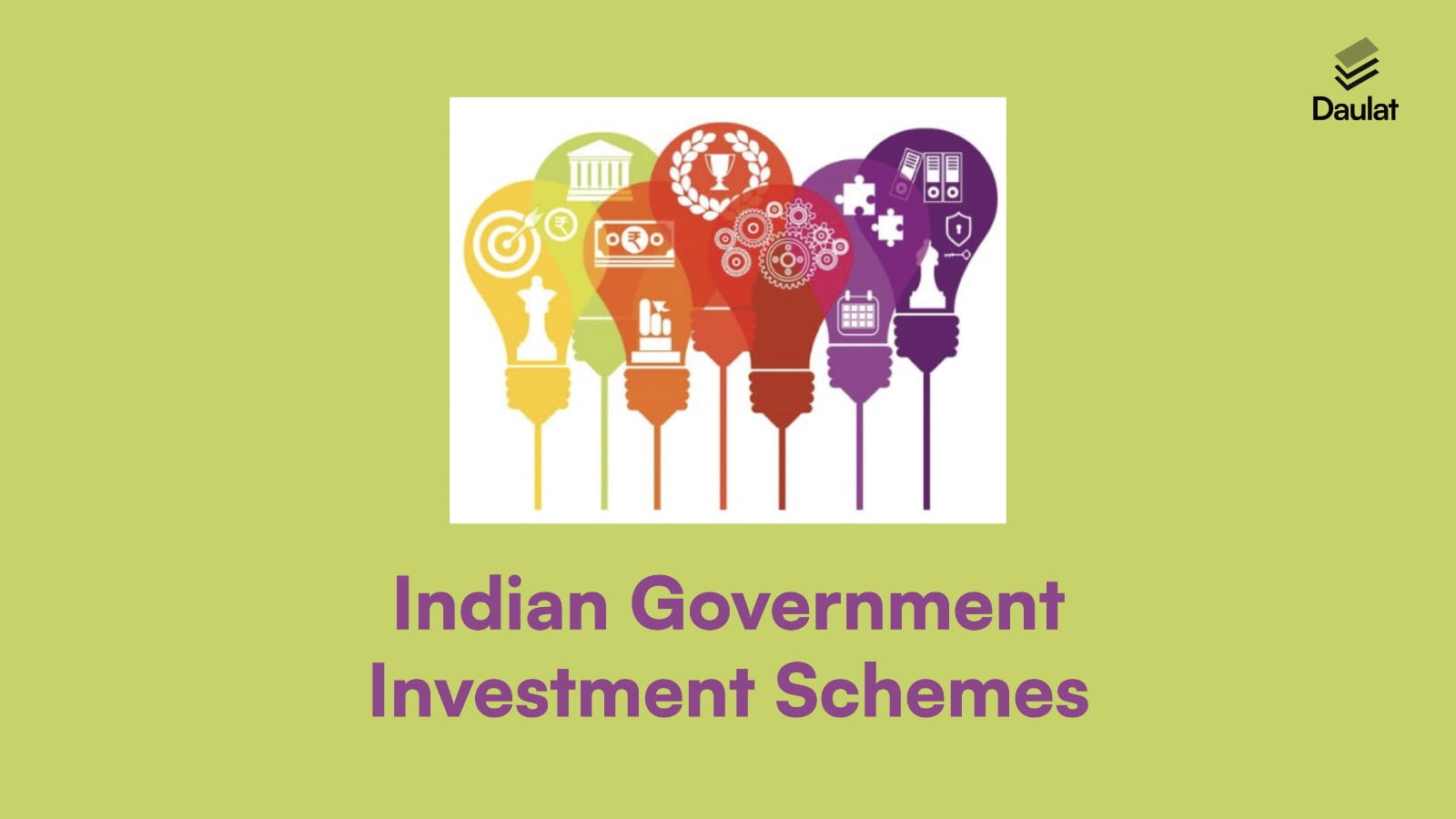In a world full of investment prospects, government investment schemes often stand out as dependable, secure, and fruitful choices for individuals seeking financial stability and growth. These programs, ranging from Employee Provident Fund (EPF) to Public Provident Fund (PPF), National Pension Scheme (NPS), Senior Citizen Savings Scheme (SCSS), and Pradhan Mantri Vaya Vandana Yojana (PMVVY), present a plethora of benefits and cater to diverse financial objectives. In this article, we will delve into these five government investment schemes and help you grasp how they can contribute to your financial well-being.
List of Government Investment Schemes
- Employee Provident Fund (EPF)
The Employee Provident Fund is among the most well-liked retirement-focused investment schemes in India. It is accessible to salaried individuals and is obligatory for employees working in organizations with over 20 employees. A specific percentage of the employee’s monthly salary, along with an equal contribution from the employer, is funneled into the EPF account.
The key attributes of EPF include:
- Tax Benefits: EPF contributions and the interest earned are eligible for tax deductions under Section 80C of the Income Tax Act.
- Fixed Interest Rate: The EPF interest rate is determined by the government and is typically competitive with other fixed-income alternatives.
- Retirement Corpus: The accumulated EPF amount can be accessed upon retirement, offering a substantial financial safety net.
- Public Provident Fund (PPF)
The Public Provident Fund is a long-term savings plan that encourages individuals to save for their future and provides tax advantages. Here are some notable features:
- Tax-Free Returns: The interest and maturity proceeds from PPF are entirely tax-exempt, making it an appealing option for tax-conscious investors.
- Lock-in Period: PPF comes with a 15-year lock-in period, but partial withdrawals are permitted from the 7th year onward.
- Flexible Investment: Investors can initiate with a minimum deposit of only INR 500 and contribute up to INR 1.5 lakh annually.
- National Pension Scheme (NPS)
The National Pension Scheme is a voluntary, long-term retirement investment scheme that aims to provide financial security during old age. Key features include:
- Market-Linked Returns: NPS allows you to choose between equity and debt-based funds, providing the potential for higher returns.
- Tax Benefits: Contributions to NPS are eligible for deductions under Section 80CCD of the Income Tax Act, providing additional tax savings.
- Retirement Options: At maturity, you can withdraw a portion of the corpus as a lump sum and purchase an annuity with the remaining amount, ensuring a regular pension post-retirement.
- Senior Citizen Savings Scheme (SCSS)
As the name suggests, the Senior Citizen Savings Scheme is designed for senior citizens seeking secure investment options post-retirement. Here’s what makes it appealing:
- Age Requirement: Individuals above the age of 60 can open an SCSS account, while those aged 55-60 who have taken voluntary retirement are also eligible.
- High Interest Rate: The interest rates offered by SCSS are relatively high, making it an attractive choice for retirees.
- Fixed Tenure: The scheme has a 5-year term, which can be extended for an additional three years after maturity.
- Pradhan Mantri Vaya Vandana Yojana (PMVVY)
PMVVY is a government-supported pension scheme tailored for senior citizens. It offers a guaranteed return on investment and other benefits:
- Guaranteed Returns: PMVVY provides a fixed interest rate for the entire policy term.
- Regular Payouts: Investors receive regular pension payouts, which can be chosen as monthly, quarterly, half-yearly, or annual.
- Minimum Entry Age: The minimum age to invest in PMVVY is 60 years, making it an ideal choice for those looking for a steady post-retirement income source.
Conclusion
Official investment schemes offered by the government play a crucial role in assisting individuals in securing their financial future. Whether you are a salaried employee, a senior citizen, or someone planning for retirement, these programs provide various options to match your specific needs and goals. By comprehending the characteristics and advantages of schemes such as EPF, PPF, NPS, SCSS, and PMVVY, you can make well-informed investment decisions that set the stage for a financially stable future. So, explore these government investment schemes, consult with financial advisors, and embark on a journey toward financial security and growth.
FAQs
- What is the key difference between the Employee Provident Fund (EPF) and the Public Provident Fund (PPF)?
EPF is primarily designed for salaried employees and involves both employee and employer contributions, while PPF is open to all individuals and is a voluntary savings scheme. EPF is linked to employment, whereas PPF is a personal savings account.
- How does the National Pension Scheme (NPS) work, and what is the risk involved in it?
NPS is a market-linked retirement scheme that allows you to choose between equity and debt funds. The risk in NPS arises from market fluctuations, as the returns are not fixed. However, NPS also provides opportunities for potentially higher returns compared to fixed-income options.
- Can I invest in multiple government investment schemes simultaneously?
Yes, you can invest in multiple government investment schemes simultaneously. Many individuals diversify their investments by allocating their savings to different schemes that align with their financial goals. It’s essential to understand the rules and contribution limits of each scheme.
- Are the returns from Senior Citizen Savings Scheme (SCSS) taxable?
Yes, the interest earned from SCSS is taxable under the income tax regulations. However, senior citizens can benefit from the higher interest rates offered by SCSS and can plan their investments accordingly to optimize tax liability.
- How can I apply for the Pradhan Mantri Vaya Vandana Yojana (PMVVY), and what is the maximum investment limit?
You can apply for PMVVY through authorized insurance companies. The maximum investment limit under PMVVY is currently capped at INR 15 lakhs per individual. The scheme provides a guaranteed return and a regular pension payout, making it an attractive option for senior citizens.





